A Timeless Tradition of Beauty
Imagine standing in a serene Shinto shrine, the soft scent of incense in the air as a bride glides gracefully in a silk ensemble, her movements as delicate as poetry. This is the world of the Japanese wedding kimono a living cultural treasure that carries centuries of artistry, symbolism, and tradition.
For couples in Japan (and increasingly, around the world) who wish to honor this heritage, choosing a wedding kimono is more than simply selecting a garment. Let’s explore the fascinating world of Japanese wedding kimono, its types, components and how to experience it, even if your ceremony is outside Japan.
Almost as important as the wedding kimono is the wedding gift! Shop our collection of couple chopstick sets a perfect gift for the newly weds!
Choosing and Renting a Wedding Kimono
The Modern Approach: Renting
For many brides rental companies (rental ya) are the most practical way to wear a wedding kimono. High-quality pieces are often handmade silk works of art worth tens of thousands of dollars. Rentals offer access to exquisite kimono without the lifelong investment, and they usually include:
- A professional dresser (kitsuke-shi) for proper fitting
- Innerwear and kimono accessories
- Hairstyling in a traditional Japanese bridal hairstyle (bunkin-takashimada)
- Delivery and care of the garments
When browsing a wedding kimono catalogs brides often consult kimono schools (kimono gakkō) or stylists to ensure the choice matches the formality of the ceremony whether it’s a shrine wedding (jinja kekkonshiki), temple wedding (tera kekkonshiki), or even a Western-style venue.
Proper Fitting is Key
Kimono are not simply “put on” they are meticulously wrapped and secured with layers of ties and an obi (decorative sash). A professional dresser ensures the kimono lies flat, the hem skims the floor gracefully, and the intricate folds are picture-perfect.

Components of the Wedding Ensemble
A Japanese bridal ensemble is a layered masterpiece. Here’s what typically goes underneath the luxurious outer kimono:
- Undergarments (hadajuban) – breathable innerwear
- Susoyoke – a wraparound skirt or trousers-style underlayer
- Nagajuban – a long under-kimono, often with a half-collar
- Datemaki belt – helps keep everything in place before the final obi
- Tabi – soft split-toe socks
- Obi – wide sash tied elaborately at the back
Over these layers, the bride wears either a shiromuku (white wedding kimono) or a richly embroidered uchikake (ceremonial overcoat). Accessories like the koshihimo (waist ties) and subtle kimono accessories complete the look.
Types of Wedding Kimono
Japanese weddings feature several traditional kimono styles, each steeped in symbolism:
Shiromuku (白無垢)
All-white, from the kimono to the tsunokakushi (bridal headpiece), symbolizing purity and a new beginning. It gained popularity in the Muromachi period (1336–1573) and is often seen in shrine weddings.
Iro-uchikake (色打掛)
A colorful overcoat with lucky patterns (engimono) like cranes, pine trees, or cherry blossoms. These are rooted in the Edo period (1603–1868) and are a vibrant alternative to pure white.
Hiki-furisode (引振袖)
A trailing-sleeve kimono worn by younger brides, sometimes paired with a montsuki (family crest kimono) for the groom.
Each type reflects the bride’s desired look, whether serene and traditional, or bold and celebratory.

Wedding Kimono Accessories
No bridal kimono is complete without carefully chosen accessories:
- Headpieces like kanzashi or the soft wataboshi hood
- Zōri (formal sandals) worn with tabi
- Hair ornaments that complement the traditional Japanese bridal hairstyle
- Personal undergarments chosen for comfort and modesty
Even small details, like the silk cords tying the obi or the subtle embroidery on a juban (under-kimono) carry meaning and beauty.
Bringing the Tradition Home
You don’t need to be in Japan to appreciate the artistry of the wedding kimono. Whether you’re planning a traditional ceremony or simply love the aesthetic, authentic Japanese craftsmanship brings this spirit to life.
Final Thoughts
The Japanese wedding kimono is a cultural story woven in silk. From the pristine shiromuku to the vivid iro-uchikake, each layer and accessory honors centuries of artistry and symbolism.
Whether you’re considering renting one for your own ceremony, attending a shrine wedding in Japan, or simply admiring the craft, this tradition invites deeper appreciation of Japanese culture.


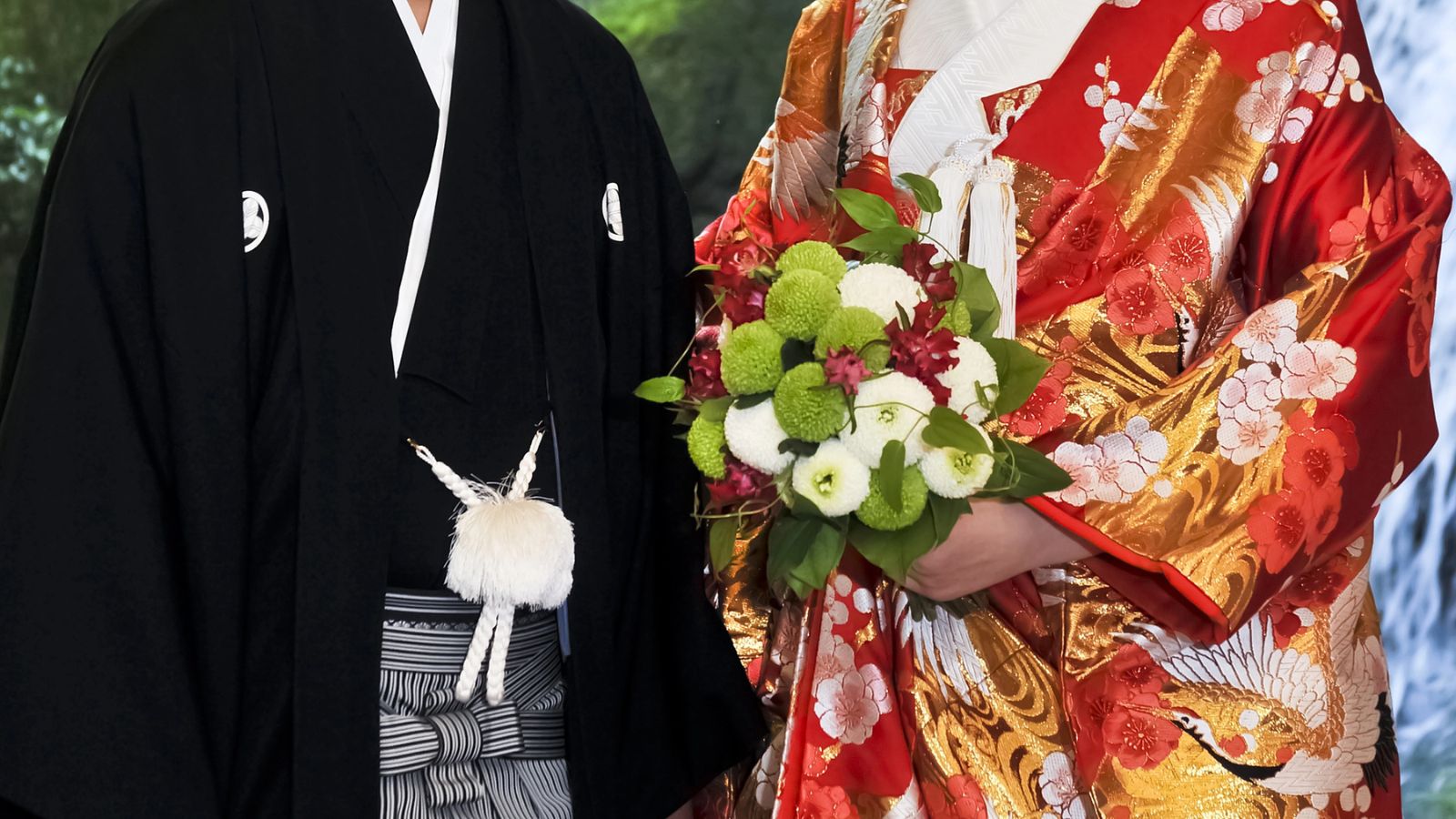

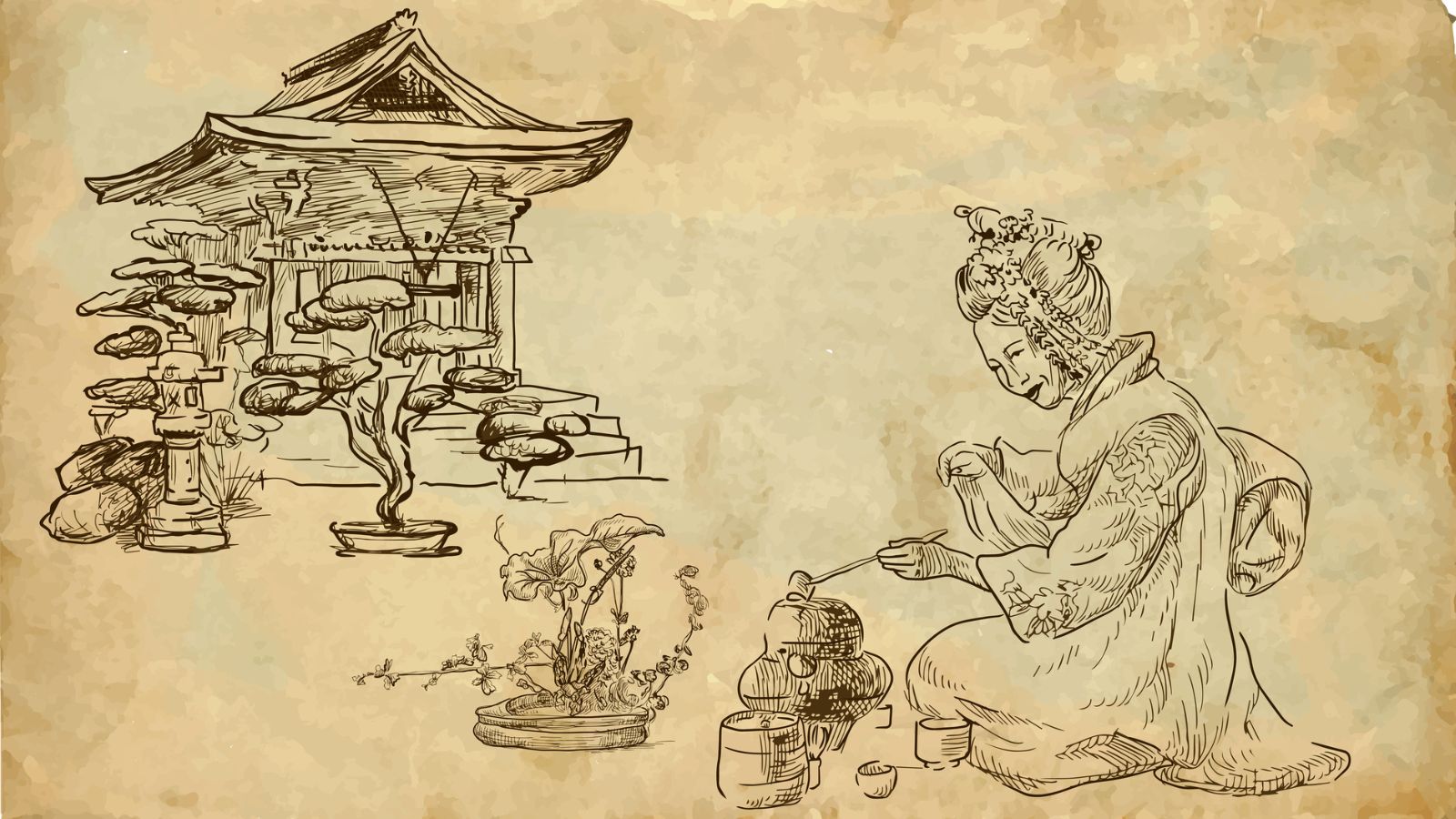
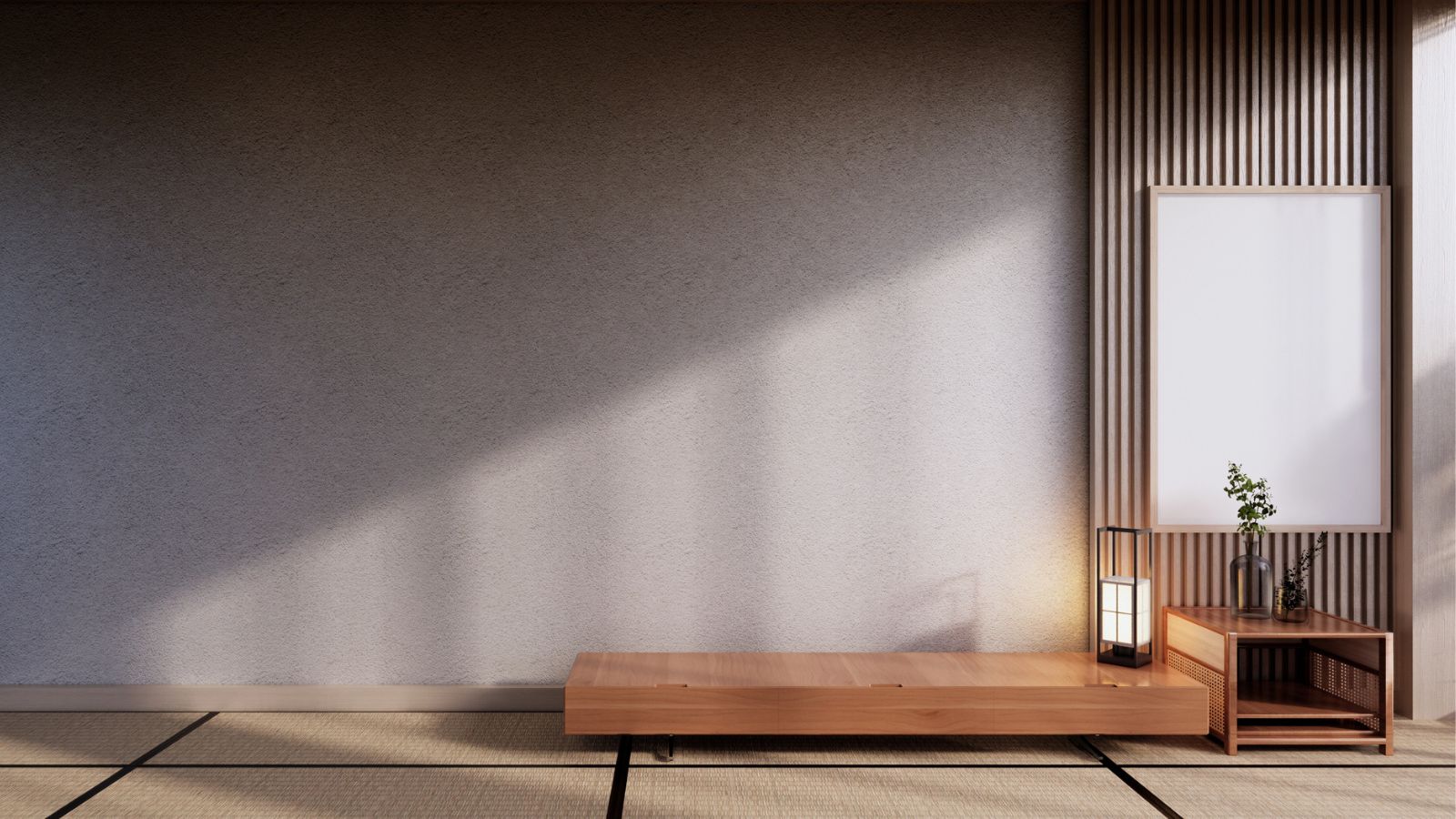

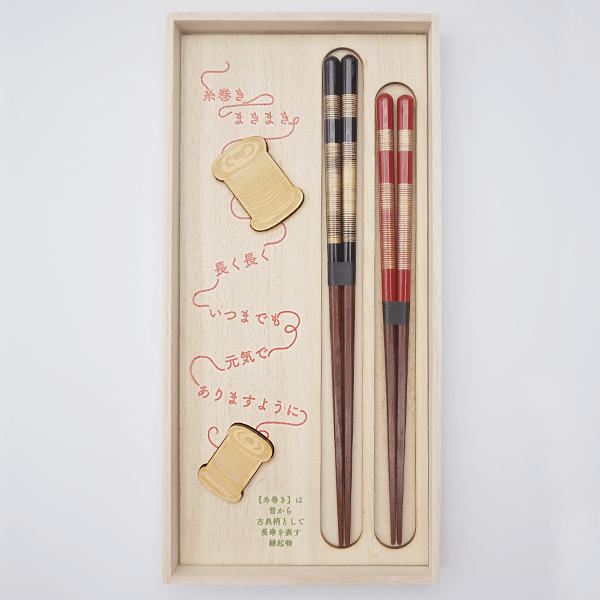
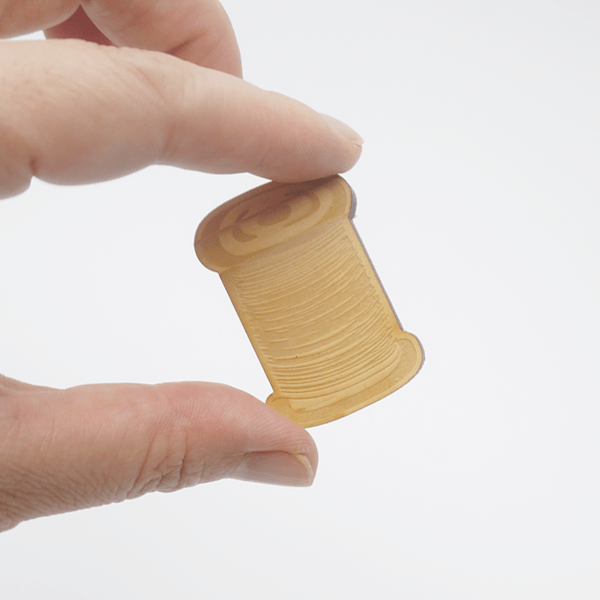
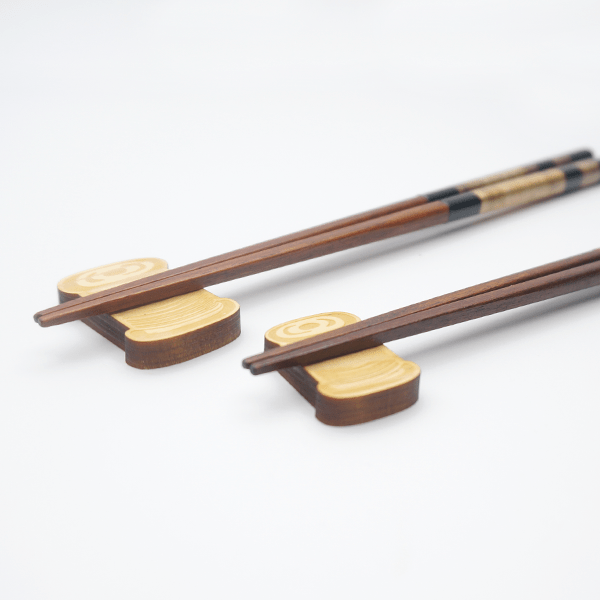
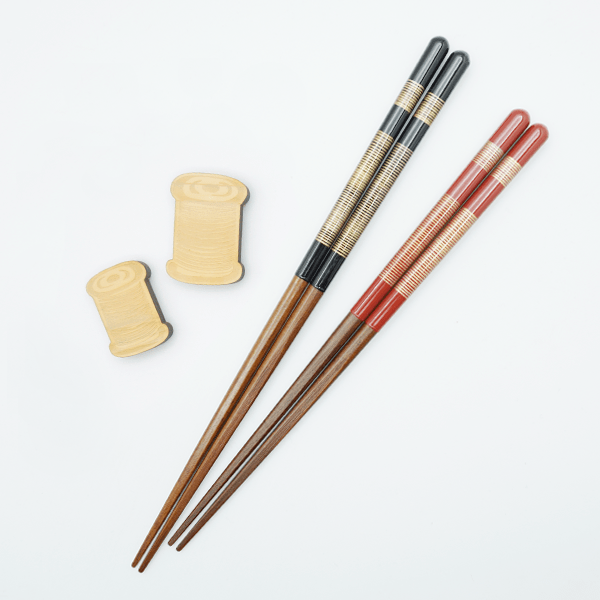
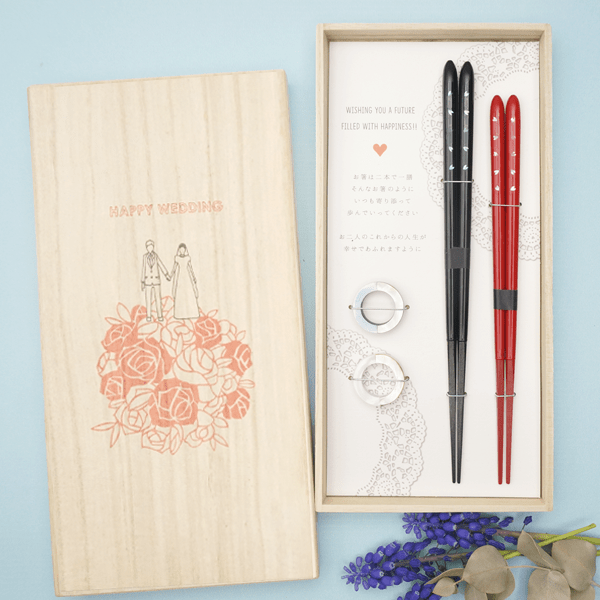
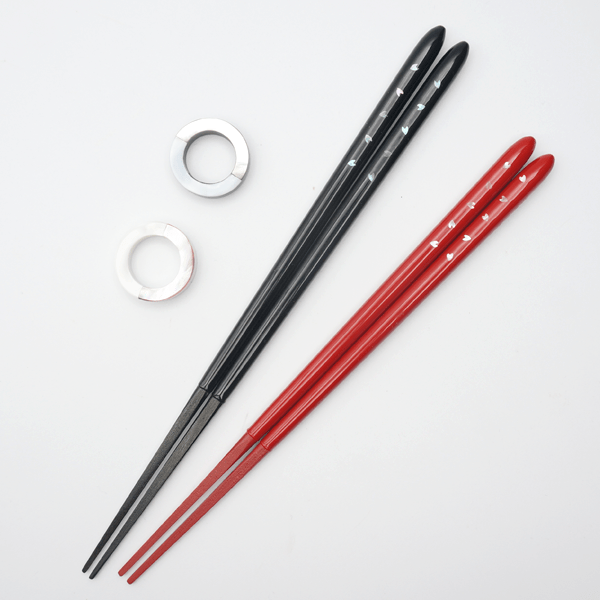
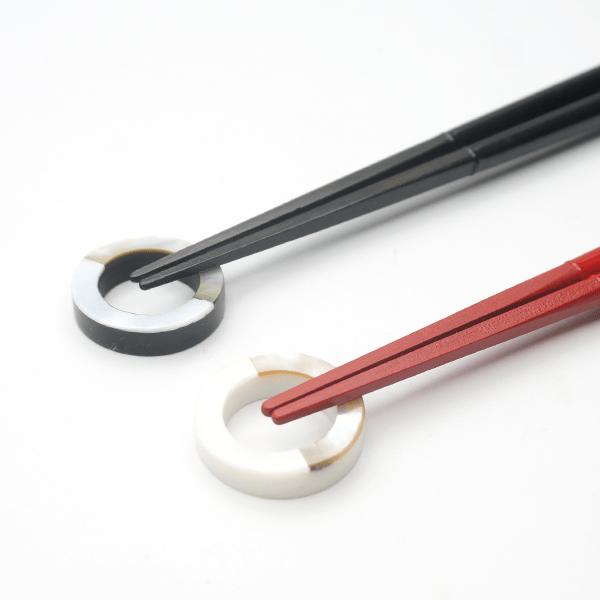
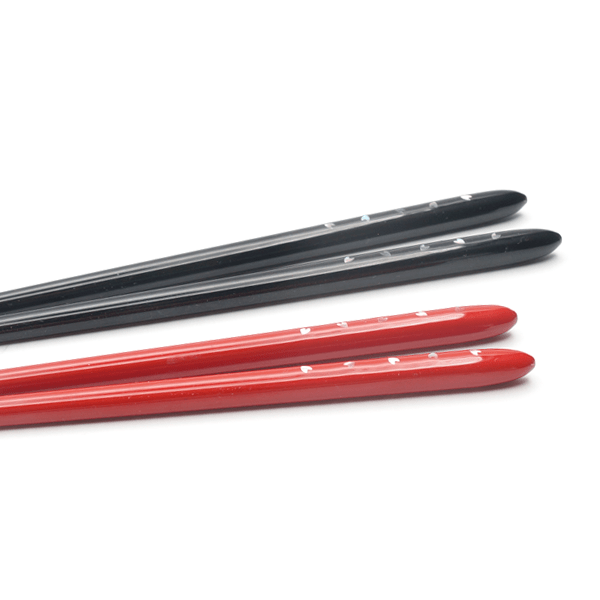
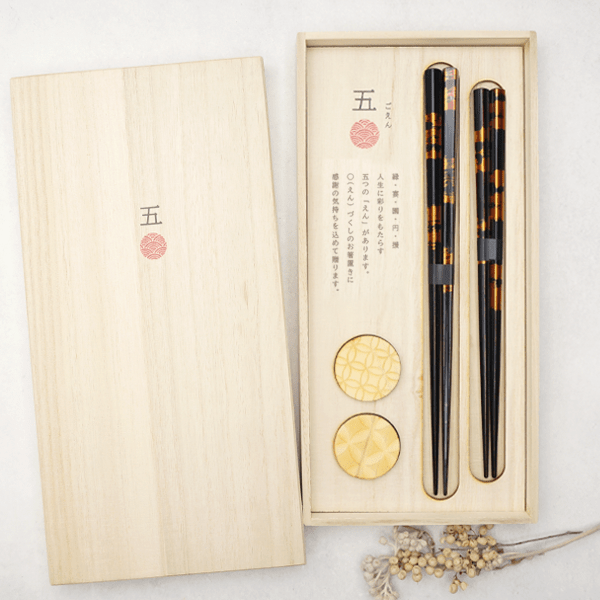
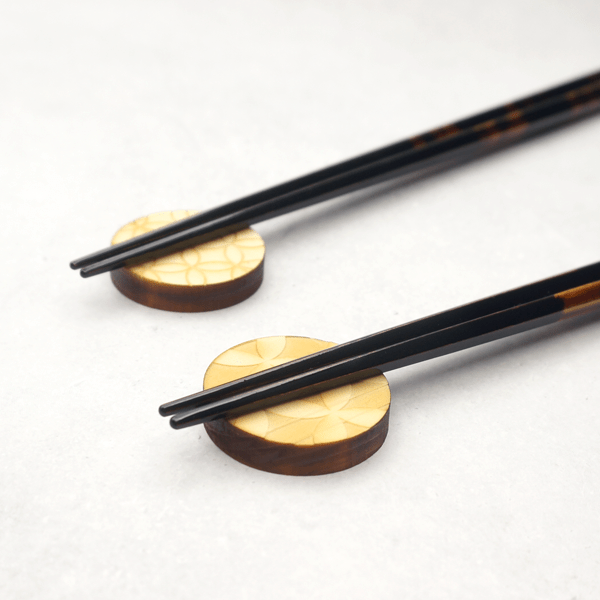
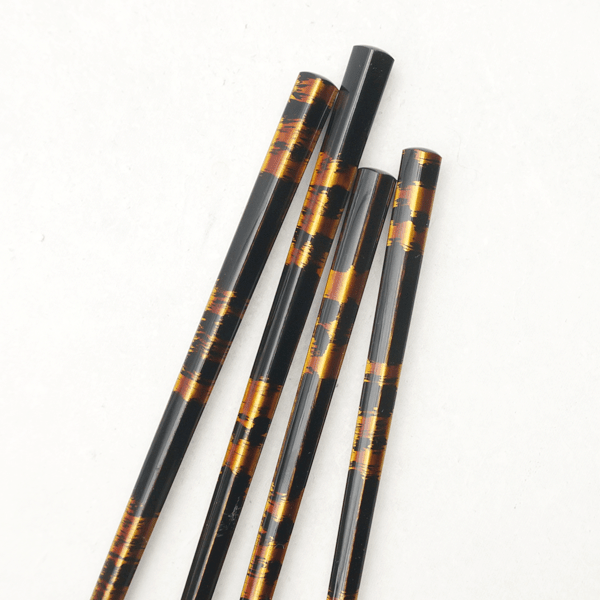
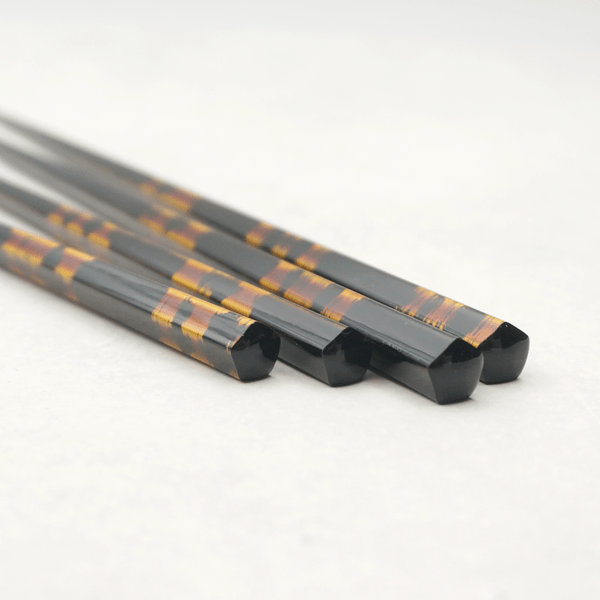
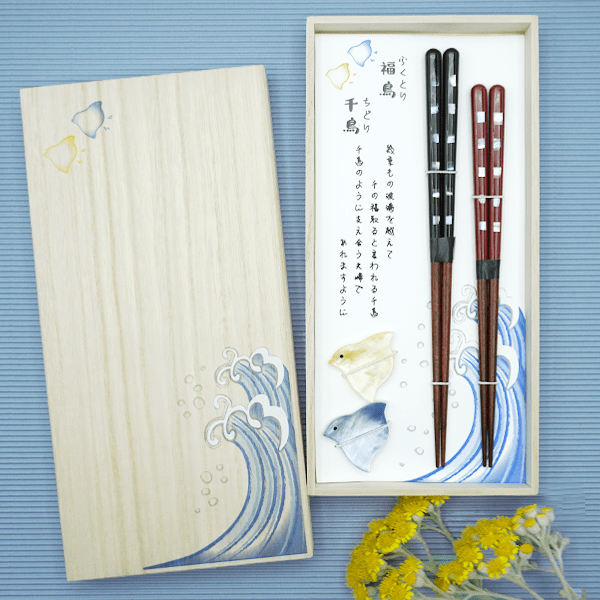
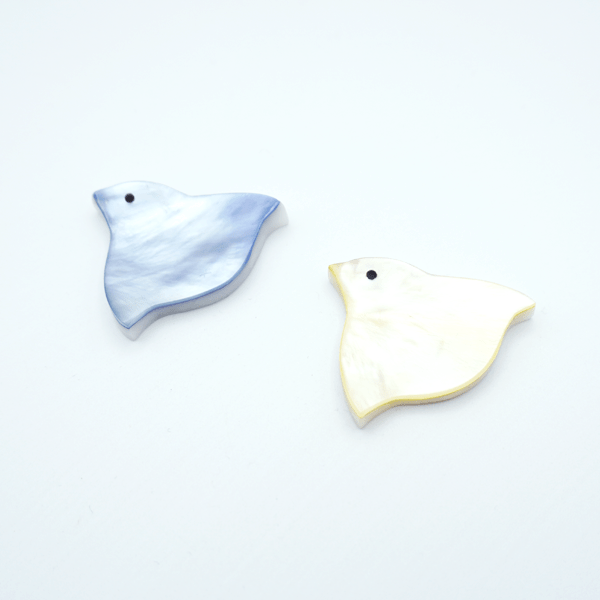
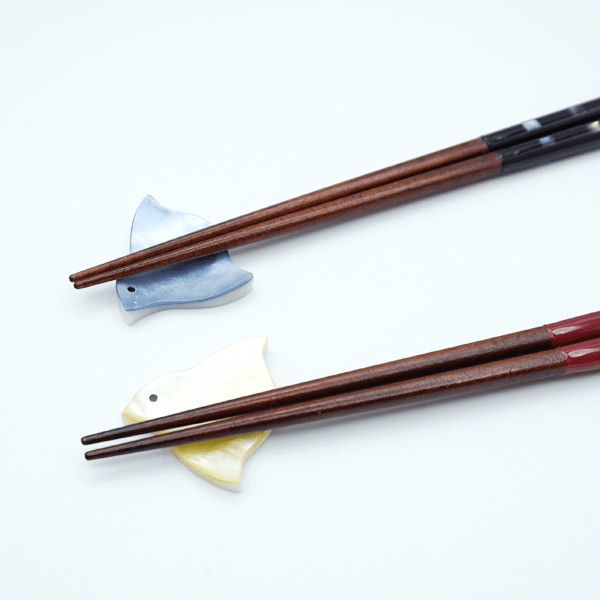
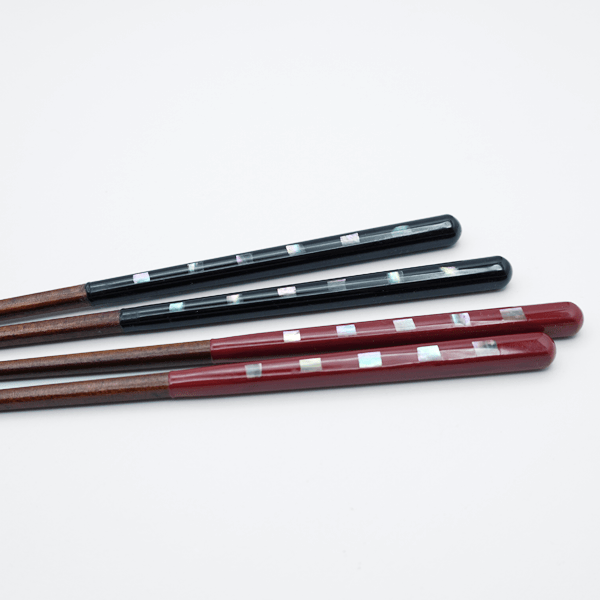
Share: